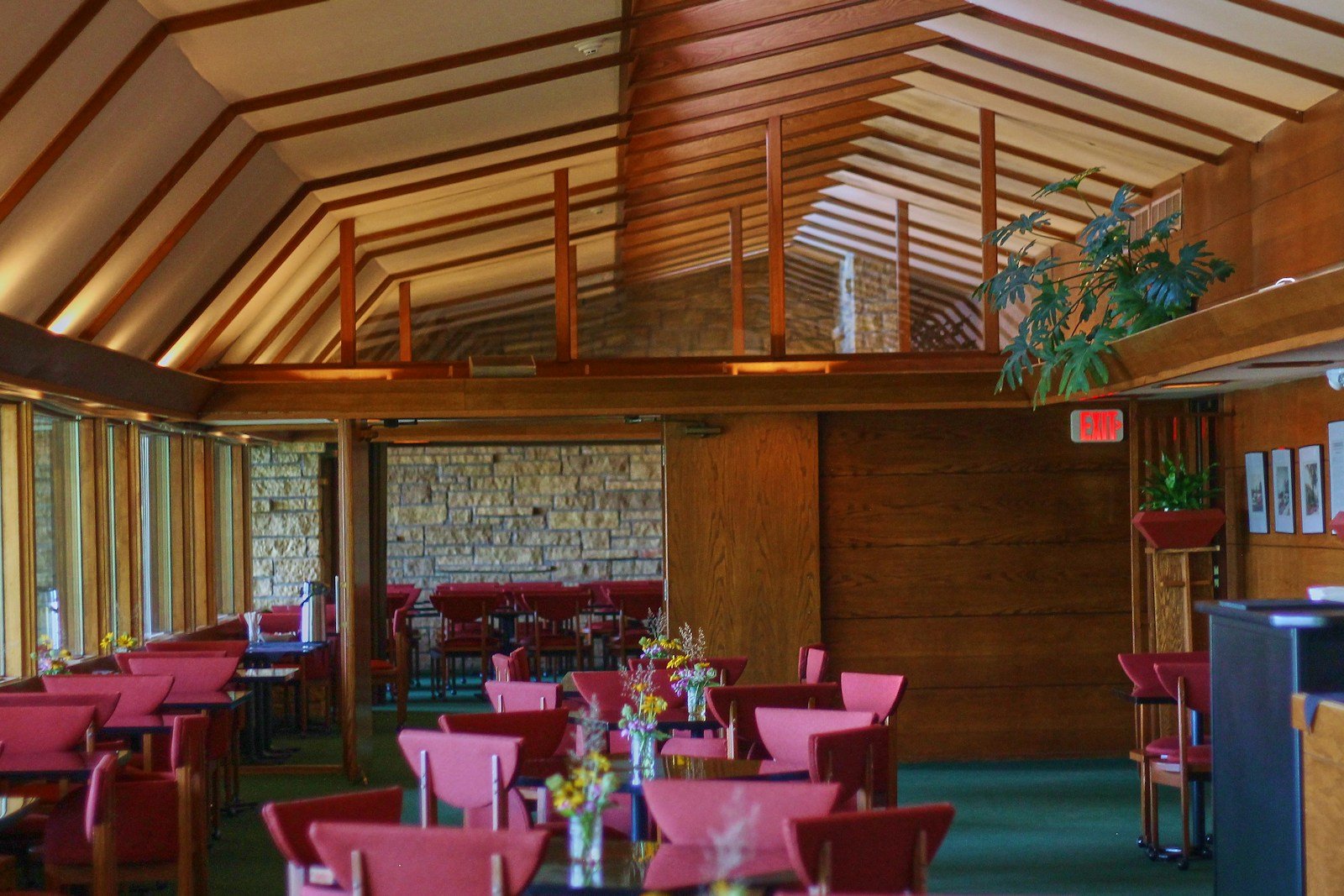Tips and support
RESTAURANT TABLE MATERIAL

The following is a list of the most common materials used to make restaurant furniture tables. Restaurant tables are constructed from a range of materials. Some tables may feature a comprehensive design, while others utilize a diverse range of styles and materials for their bases and tops.
TABLE AND TABLETOP MADE OF SOLID WOOD
Nowadays, wood is the most popular material for restaurant table tops since it is flexible. Commercial tables are often made of hardwood because of its strength, durability, and visual appeal. Usually seen in upscale dining venues, wood tabletops are more expensive than most other materials.
A LAMINATE TABLE
A laminate tabletop can accommodate a wide range of styles and price points. Laminates are quite sturdy and long-lasting, and they can be made to seem like a range of materials, such as wood, stone, and metal. They might include additional images, such as a restaurant’s logo, in the design of the table.
EXPLAINABLE TEAK TABLE
This material is less expensive, lightweight, low-maintenance, robust, easy to clean, and weatherproof, and it resembles the appearance of teak wood. Due to this, tables made of synthetic teak are increasingly being used in both indoor and outdoor corporate settings.
A RESIN TABLE
The majority of resin tops are sturdy, resistant to heat and scratches, and can be made to resemble wood, stone, or metal. Additionally, they are suitable for both indoor and outdoor use.
SHAPE AND STYLES
There are three standard designs and drop-leaf options for restaurant tables. The shape and dimensions of the tables are influenced by your design, the available space at your venue, and even the type of cuisine you serve. In a sophisticated, romantic restaurant, for example, square tables that can accommodate no more than four people are frequently used. If larger groups arrive, tables are grouped.
Round tables are usually used and reserved for larger eating parties of five or more, in addition to square and rectangular tables. In cafes, restaurants, and other casual settings, rectangular tables are a common choice. The crop leaf option, which is most commonly found in ethnic cuisines where families are more inclined to eat together, allows for larger groups by rounding square tables.
Now that technical factors have largely determined the size and shape of the tables, it’s time to choose their style, which will depend on the restaurant’s interior design theme. Whether it’s an urban steakhouse, a typical diner, or a quick food restaurant will determine the kind of tables you should get. These four popular restaurant table designs are among the many that we offer:
UPSCALE
Upscale restaurants take great pride in providing their clients with a beautiful and comfortable setting, which is the ideal way for them to appreciate fine dining. When the table tops are made of solid wood and have a finish that closely matches the seats, the room appears more luxurious.
INDUSTRY
The industrial style is characterized by its wood-metal combination and often features a distressed look. The aged wood and clear-coated aluminium give the manufacturing aesthetic a modern, urban vibe. Finding the perfect balance between a contemporary urban setting and a factory setting is easy with the right industrial table and chair set.
COMMUNIAL
The resurgence of small-scale local communities has yet to bypass restaurants and other gathering places. Communal dining is becoming increasingly popular as a great way to host large events, utilize available seating, and connect strangers over a meal that could lead to friendship.
HEIGHT OF THE BAR
The majority of eateries feature bars, and those that provide lighter meals and a wider selection of alcoholic beverages also usually have tables at bar height. Additionally, chairs and barstools are a great complement to spaces with limited floor space, as they can create the illusion of a larger area.

-

 Resources4 years ago
Resources4 years agoWhy Companies Must Adopt Digital Documents
-

 Resources3 years ago
Resources3 years agoA Guide to Pickleball: The Latest, Greatest Sport You Might Not Know, But Should!
-

 Resources4 months ago
Resources4 months agoTOP 154 Niche Sites to Submit a Guest Post for Free in 2025
-

 Resources5 months ago
Resources5 months ago50 Best AI Free Tools in 2025 (Tried & Tested)